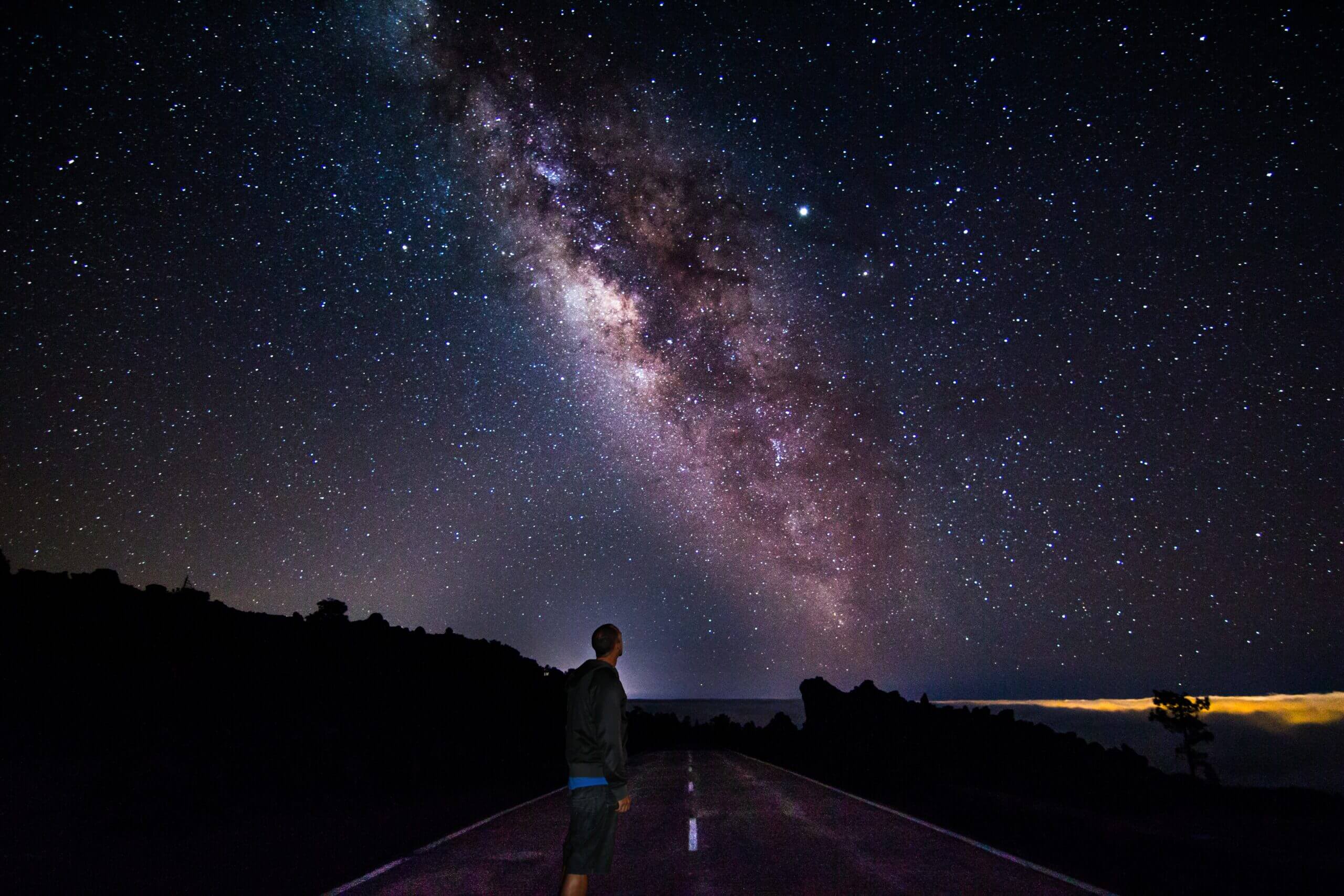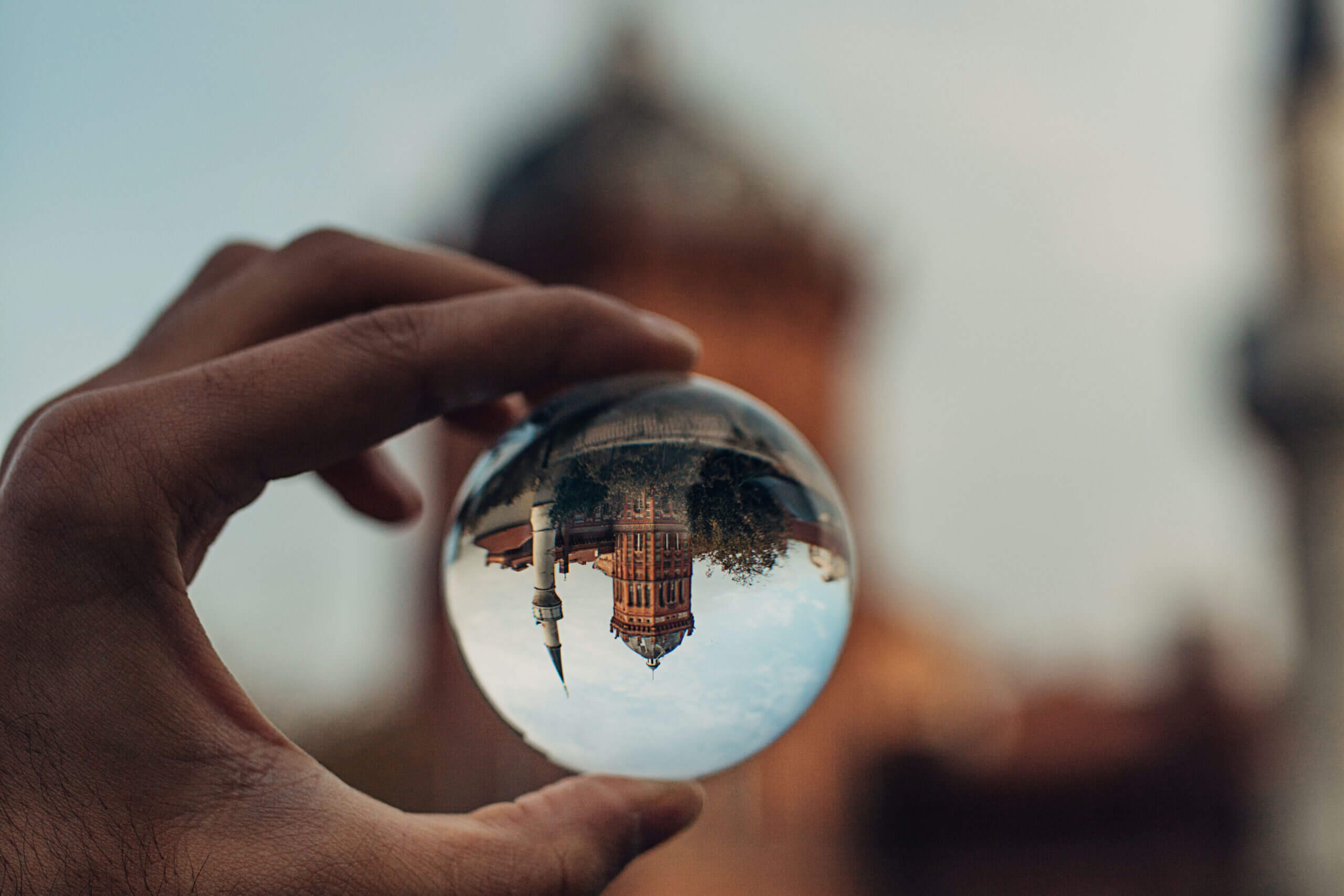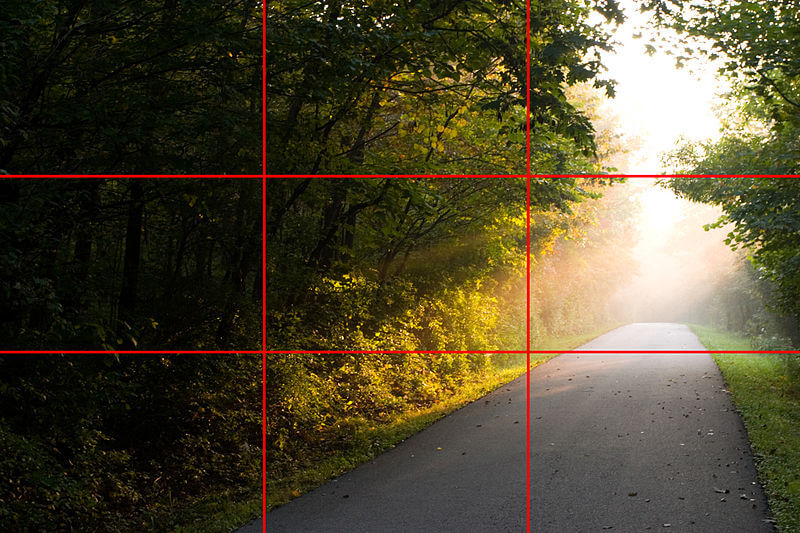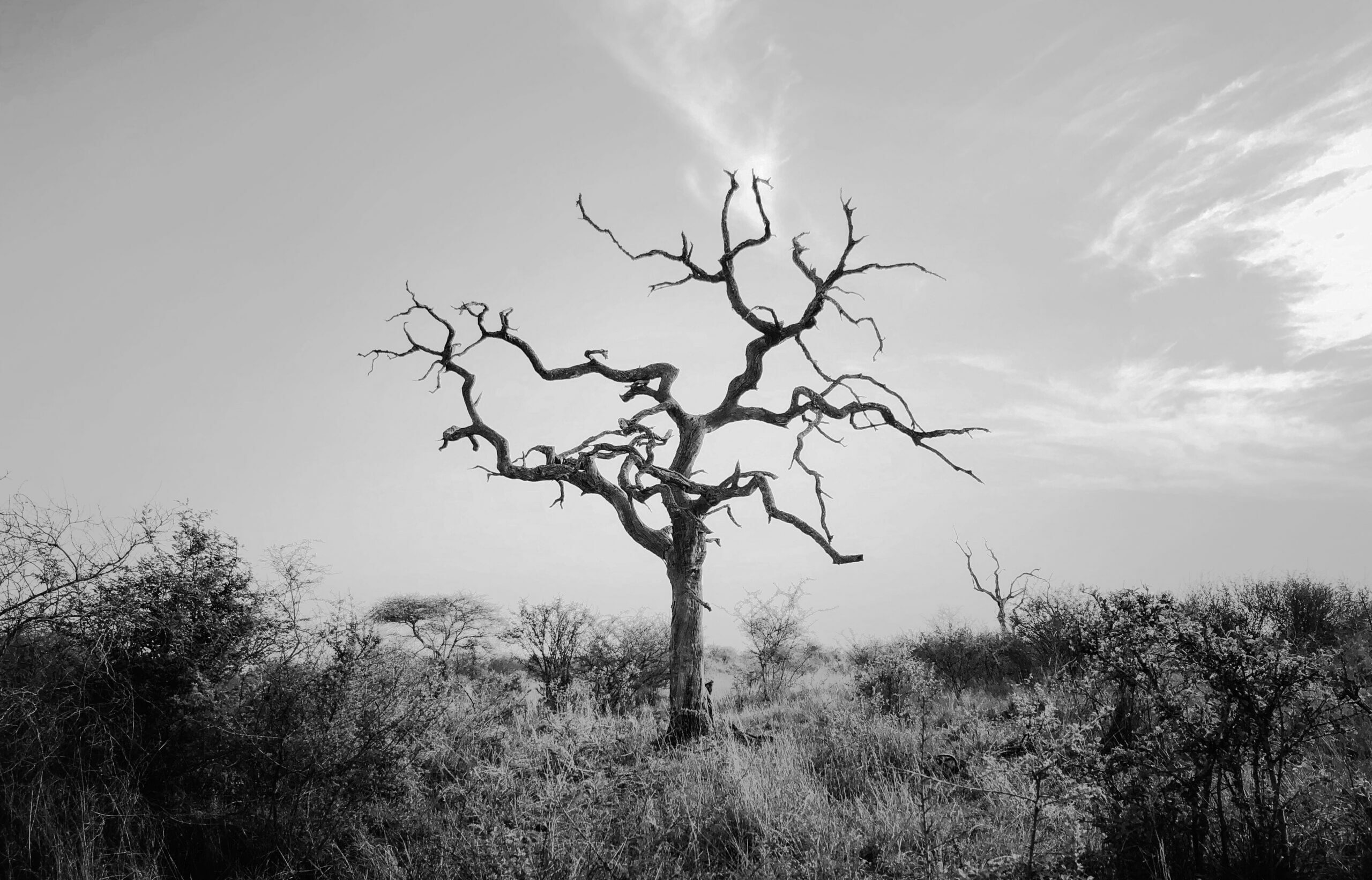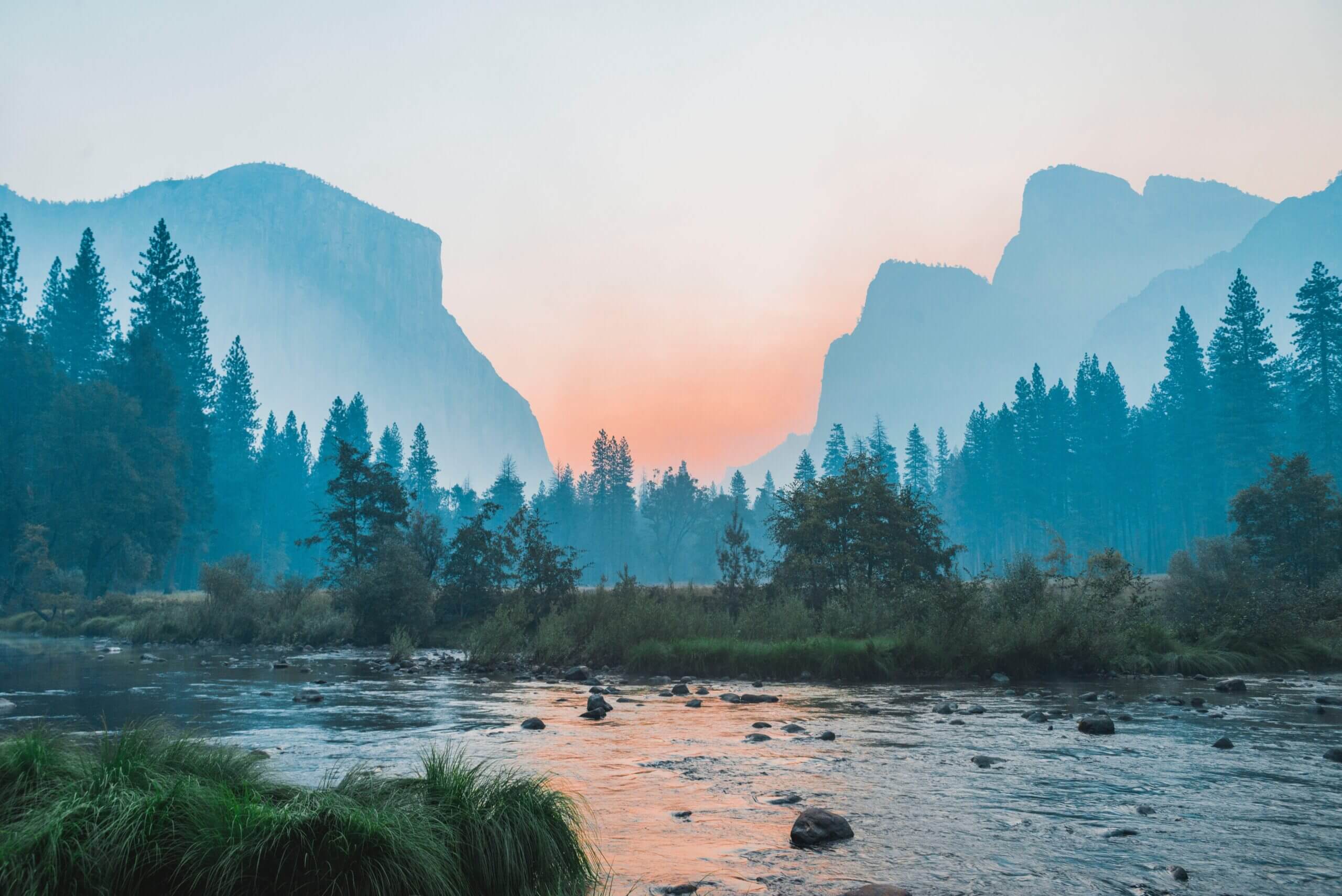How to capture Milkyway
What is Milkyway ?
The Milky Way is a barred spiral galaxy that is about 100,000 light-years in diameter and contains hundreds of billions of stars. It is named for the Milky Way, a band of light that appears in the night sky and is formed by the combined light of the galaxy’s stars.
The Milky Way is thought to have formed around 13.6 billion years ago, shortly after the Big Bang. It is one of many galaxies in the observable universe and is located in the Local Group of galaxies, which also includes the Andromeda Galaxy and the Triangulum Galaxy.
Our Solar System is located in the Milky Way, about two-thirds of the way out from the center. The Sun, Earth, and the rest of the planets in the Solar System orbit around the center of the galaxy, along with billions of other stars.
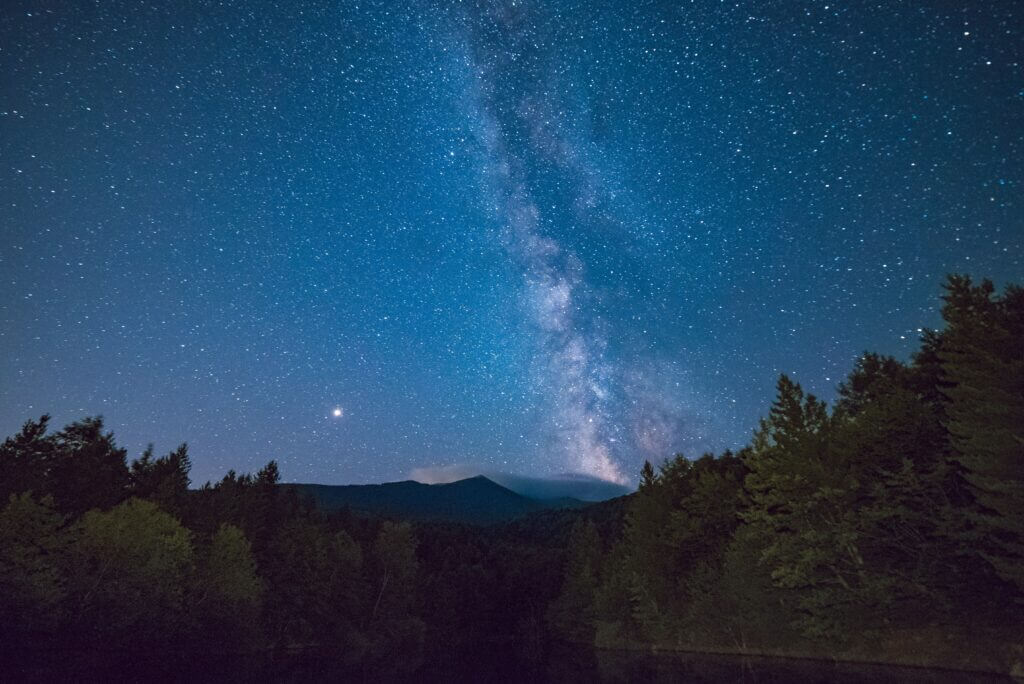
The Milky Way is home to a number of interesting features, including the central bar, a structure that extends out from the center of the galaxy, and the spiral arms, which are regions where stars, gas, and dust are more densely concentrated. The Milky Way also contains a supermassive black hole at its center, which is thought to have a mass of around 4 million times that of the Sun.
Overall, the Milky Way is an amazing and complex structure that continues to fascinate astronomers and the general public alike.
How to Capture Milkyway
Camera setting to capture milkyway
To photograph the Milky Way, you will need a camera that is capable of taking long exposures and a lens with a wide aperture. Here are some specific camera settings that you can use to capture the Milky Way:
- Use a high ISO setting: The ISO setting determines how sensitive your camera’s sensor is to light. To capture the faint light of the Milky Way, you will need to use a high ISO setting, such as 1600 or 3200.
- Use a wide aperture: To allow as much light as possible to reach the camera’s sensor, use a wide aperture setting, such as f/2.8 or f/4. This will also help to reduce the amount of time that the camera needs to expose the scene.
- Use a long exposure: To capture the Milky Way, you will need to use a long exposure time, such as 20 seconds or more. Keep in mind that the longer the exposure, the more movement you will capture, so you may need to use a tripod to keep the camera steady.
- Turn off auto-focus: To prevent the camera from trying to focus on the darkness of the night sky, turn off auto-focus and manually focus the lens on infinity.
- Use a remote shutter release or self-timer: To prevent camera shake during the long exposure, use a remote shutter release or set the camera’s self-timer to take the photo.
It’s also important to note that the best time to photograph the Milky Way is during the new moon phase, when there is less light pollution in the sky. Finally, be sure to scout out a location that has a clear view of the night sky and minimal light pollution.

